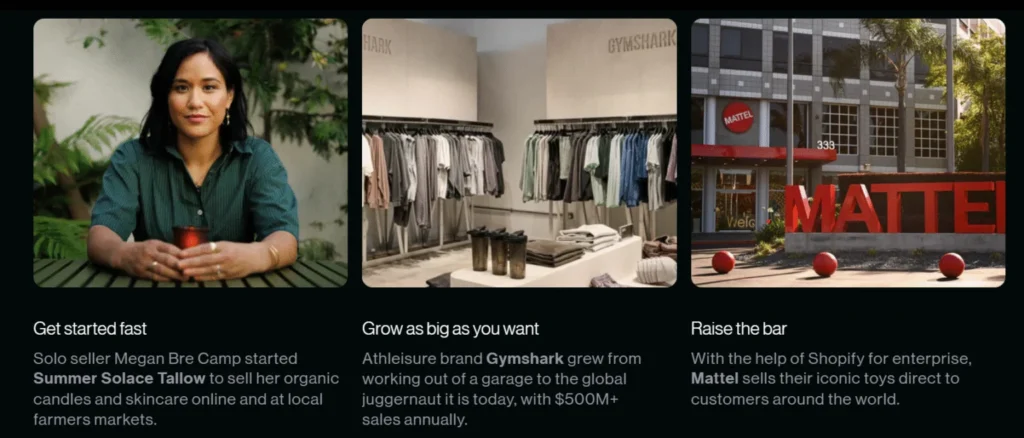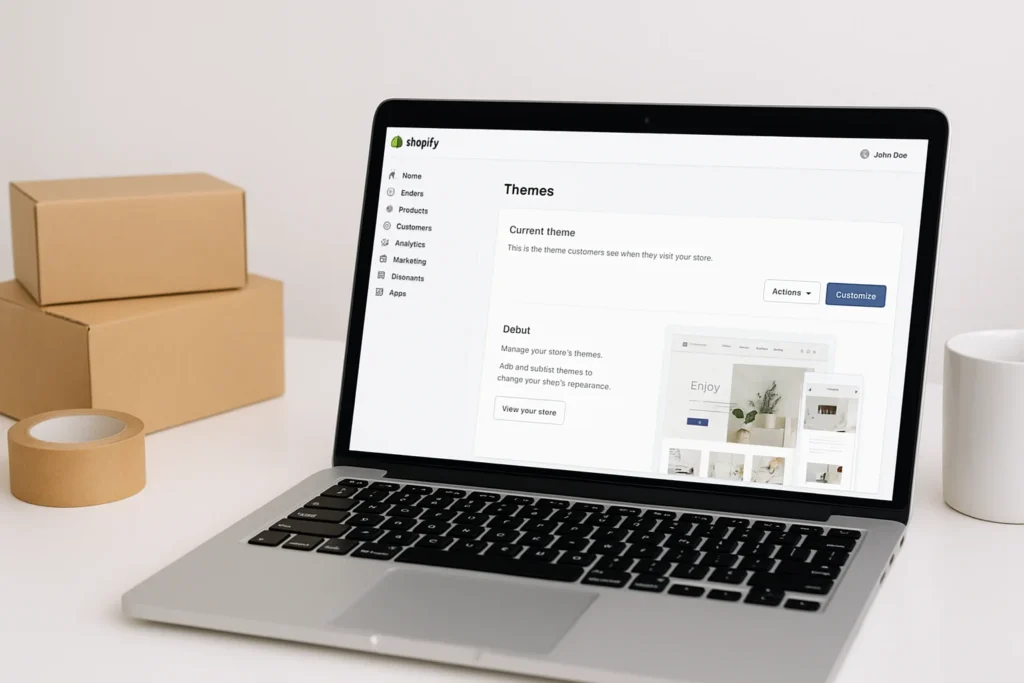Why Shopify Is the Go to Platform for Online Sellers

Starting an online store today is far easier than it was a few years ago. Previously, you had to know code, hire a developer or spend weeks figuring out plugins. In 2025, you don’t need any of that, Shopify makes it possible for anyone to launch a store, add products and start selling, sometimes in the same day.
Shopify isn’t new it’s been around for more than a decade but it has grown into something much bigger than a store builder. Right now, it powers more than 4.8 million shops worldwide. To put that into perspective, that’s millions of people who made the decision to trust Shopify with their business.
So, if you’ve been thinking about selling online, Shopify remains one of the best places to begin. Let’s break down why.
Why So Many People Pick Shopify
Why so many people choose Shopify. The first thing you notice about Shopify is that it isn’t too overwhelming. A lot of platforms bury you in settings and jargon. Shopify is different. It guides you step by step.
In 2025, the following are the key elements that impact people’s decisions:
- It is easy: You can start your first store even if you don’t know how to code.
- It looks good on mobile: The majority of shoppers currently use phones, thus Shopify themes are built to interact with them.
- Payment is secure: Customers may use Apple Pay, PayPal, and credit cards with confidence.
- It grows together with your company: The system can scale from one product to thousands.
- Integrated tools facilitate marketing: It already has features such as cart recovery and discount certificates.
- Google approves of it: Setting up SEO basics like titles and descriptions is straightforward with Shopify.
There’s an app for almost everything: Need reviews on your products? A loyalty program? Upsells? It’s all in the app store.
In brief, Shopify removes the technological difficulties so you can focus on creating your business.
What Can You Sell?
Picking the Right Niche in 2025
Now, here’s where many people go wrong: they open a Shopify store and pick products at random. That almost never works. You need a niche.
In 2025, some niches stand out:
Best aspect about Shopify is the flexibility, You’re not boxed into one kind of business. here are few examples:
- Physical items: like fashion, electronics, or home décor.
- Digital products: such as eBooks, courses, or design templates.
- Services: like coaching, consulting or even ticket sales.
- Dropshipping products: which you don’t stock yourself, the supplier ships them directly.
This flexibility means almost any idea you have can be tested on Shopify.

Setting up Your Store Step by Step
Here’s a simple way to start:
- Sign up: Use Shopify’s free trial to test things out.
- Pick a name: Choose something simple and brandable. Secure a matching domain name it builds trust.
- Choose a theme: Free themes work fine to start. Pick one that loads fast and looks clean.
- Add products: Upload sharp images. Create descriptions that explain why a person should buy. Do not copy from suppliers.
- Set up payments and shipping: The simplest option is Shopify Payments, but you may also use PayPal or other payment methods.
- Perform basic SEO: by editing titles, meta descriptions, and picture alt text. Keep it natural but add keywords.
- Testing: Open your store on your phone, click around, and see if anything seems slow.
- Launch: Remove the password lock and share your store with the world. It’s not complicated, but the more precisely you follow these procedures, the better your store will function.
Getting Found: SEO that Works in 2025
You do not want to rely solely on adverts. Ads cost money, and if you stop running them, your visitors will evaporate. That’s why SEO matters. Here’s what helps now: Target long, specific keywords: Instead of “Shopify store,” try “how to build a Shopify store in 2025.”
- Write proper product descriptions: Don’t settle for one-line descriptions. Explain the product and use natural keywords.
- Compress your images: Faster pages mean higher rankings.
- Keep your categories logical: Shoppers (and Google) should find what they need in two or three clicks.
- Start a blog: Write articles that answer questions your customers ask. Blogs bring in long-term traffic.
- Build relationships: Get backlinks by working with bloggers and small influencers.
- Collect reviews: Reviews build trust and also add fresh content to your site. SEO isn’t instant, but a few months of consistent effort pays off big.

Helpful Apps for Shopify in 2025
Shopify’s app store is huge, but you don’t need thousands of apps. A handful of the right ones is enough.
Judge “me” or Loox for customer reviews.
Klaviyo for email automation.
Bold Upsell or ReConvert to increase order value.
SEO Manager if you want more SEO control.
Tidio for live chat and quick customer support.
Each app you install increases the burden on your store, so choose wisely. Pick what truly adds value.
Marketing: How to Drive Traffic
A store without visitors won’t sell. In 2025, these are practical ways to get traffic:
- Social media: TikTok and Instagram remain powerful for product promotion. Short videos work best.
- Influencers: Partner with small content creators who have engaged audiences. Their followers trust them.
- Email: Collect emails from day one. Send welcome series, new product alerts, and abandoned cart reminders.






Your blog is a constant source of inspiration for me. Your passion for your subject matter is palpable, and it’s clear that you pour your heart and soul into every post. Keep up the incredible work!